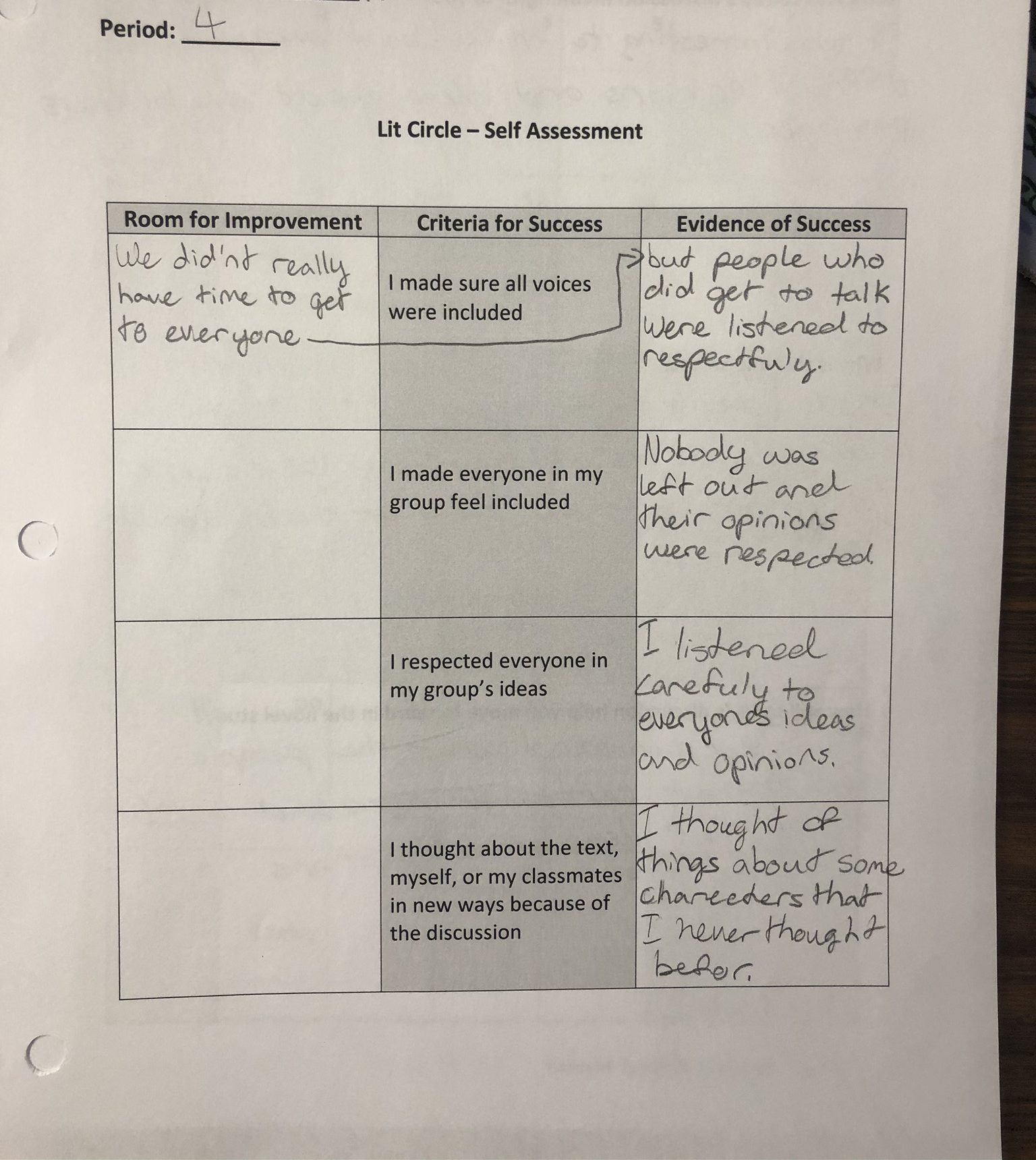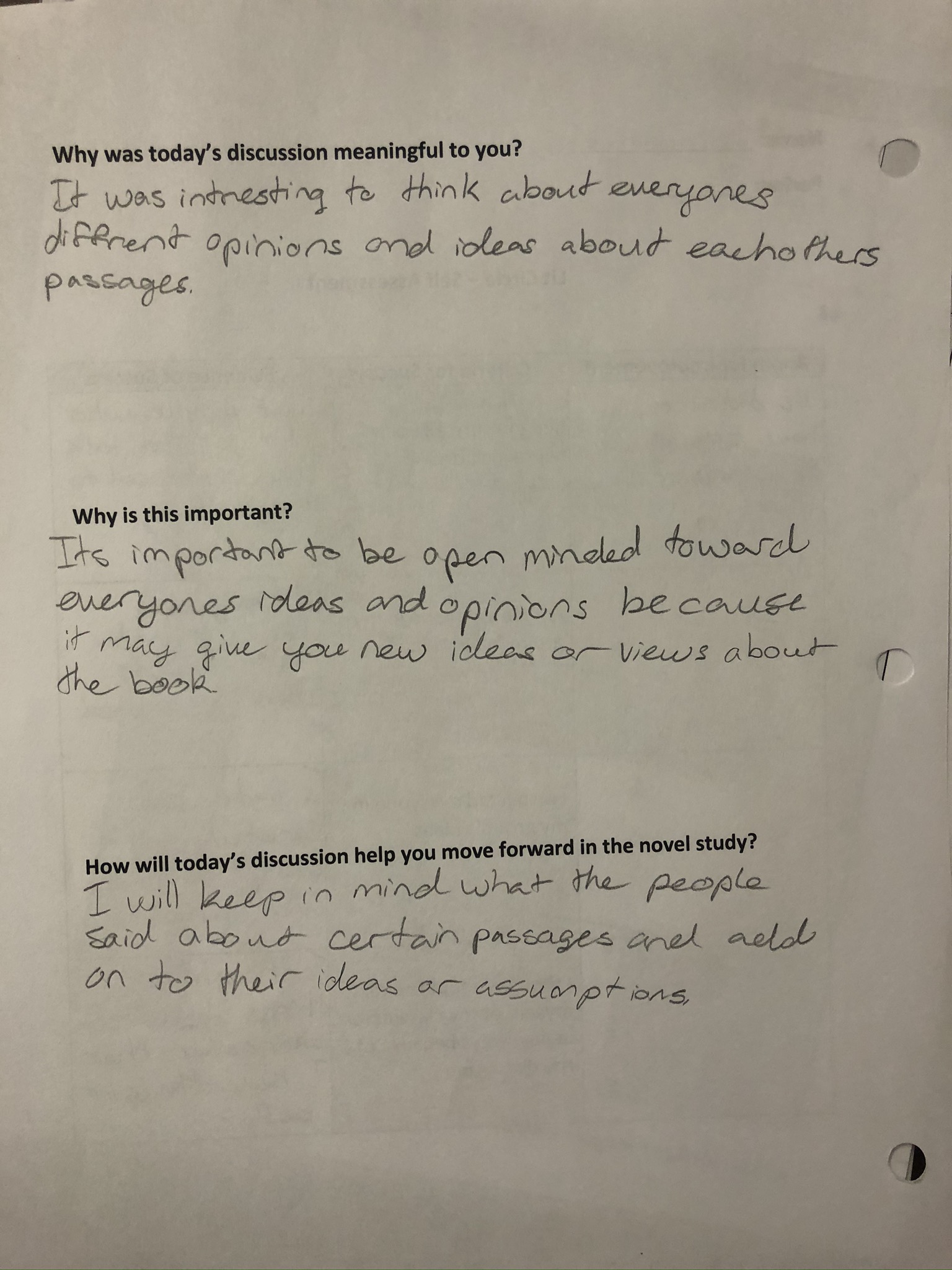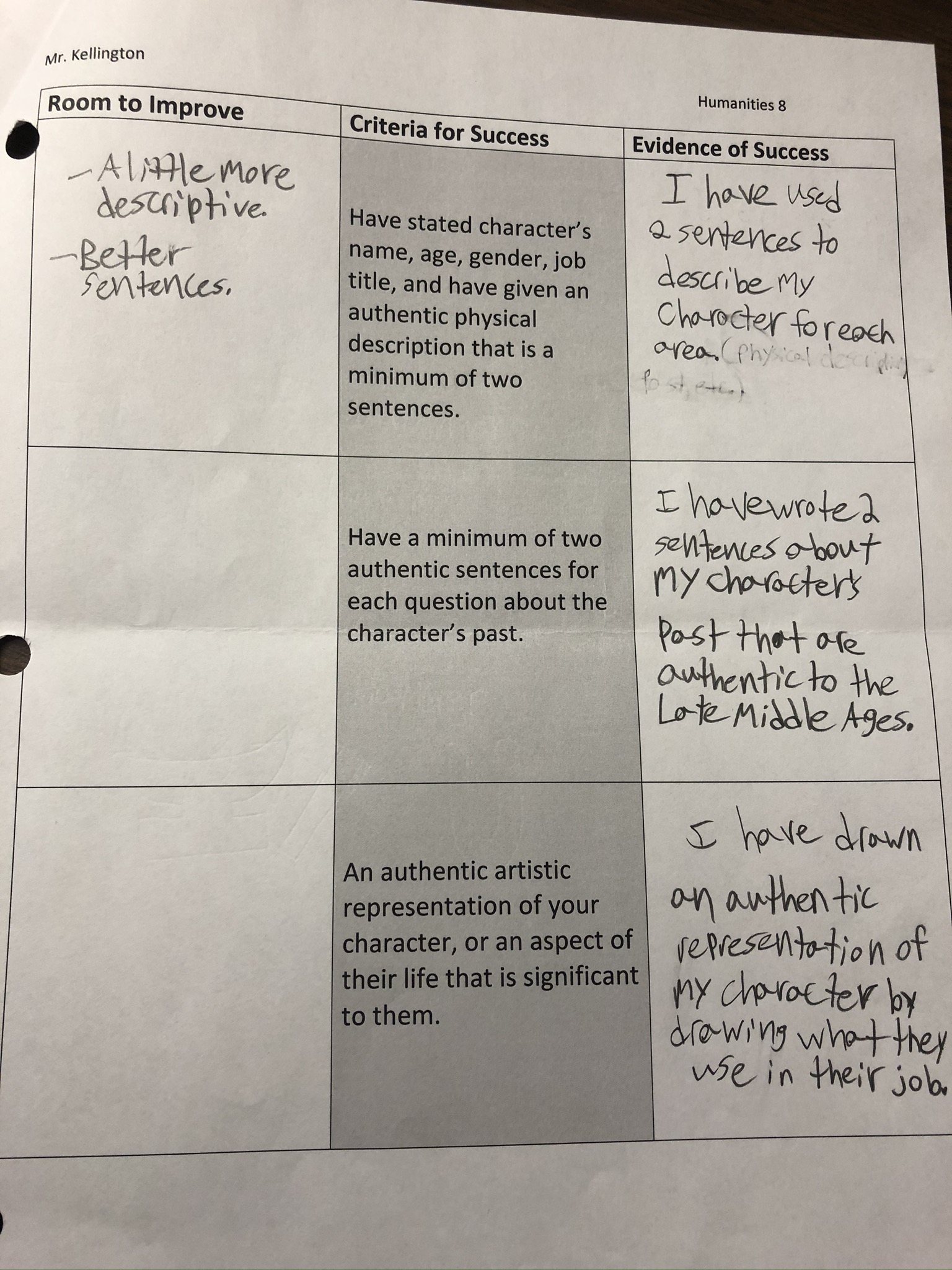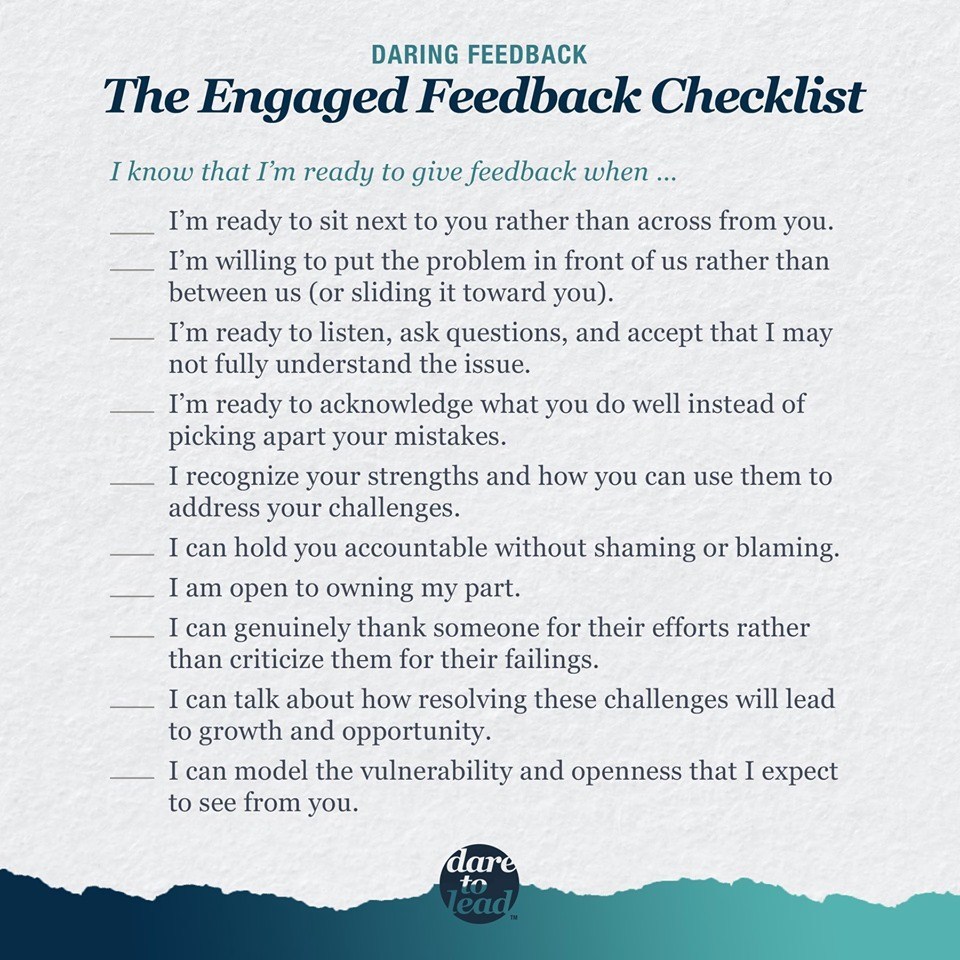
Brene Brown
There are a number of benefits of having assessment for learning driving one’s practice.
Assessment for learning, through means such as feedback, reflections, and self-assessments, helps students know how to improve, promotes understanding of goals & criteria, and fosters motivation.
I use a number of methods of formative assessment in my practice. I give extensive feedback on student work; I engage with students providing feedback during work time; and I have students self-reflect, self-assess, and peer-assess.
One of my favourite techniques to gauge a class’ understanding of content during content delivery is the use of popsicle sticks. Throughout my “lectures” I give students the opportunity to “turn and talk” with their elbow partner. There are always three thinking prompts or questions embedded into the slides for when they conduct this “turn and talk”. The first question is a basic content knowledge question that all students should know at this point in the “lecture”. The second is a deeper level thinking question, but one that does not demand them to stretch their thinking too far; most, if not all, should still be able to answer or respond to this. The third question is a higher level thinking question aimed at only a few students, however, any student brave enough to respond may take a stab at the end of the activity. This final question is really meant to extend their thinking, and is a question that has no right or wrong answer. After the students have had time to talk, I “randomly” call on student with popsicles sticks with their names on it from a cup. I say randomly, however, the randomness is only perceived luck of the draw. The cup from which I draw the names is deep enough that I can read the names on the popsicle sticks before drawing them. By sneaking a peek at the names, I can premeditate who will be answering which questions. By doing this I can get a pretty accurate read of where the class is at in a given point of a lecture, and see if I’ve done a good enough job teaching the content, if I need to go over something again, and if we are ready to move on as a class.
Educators who let assessment for learning guide their practice will experience a better understanding of where their students are at, have students who have a fundamentally better understanding of where their own learning is at, and will overall have a more enjoyable experience in the classroom where students are intrinsically motivated by learning, instead of being extrinsically motivated by grades.
Some examples of formative assessment tools used in my EDUC 491 practicum:
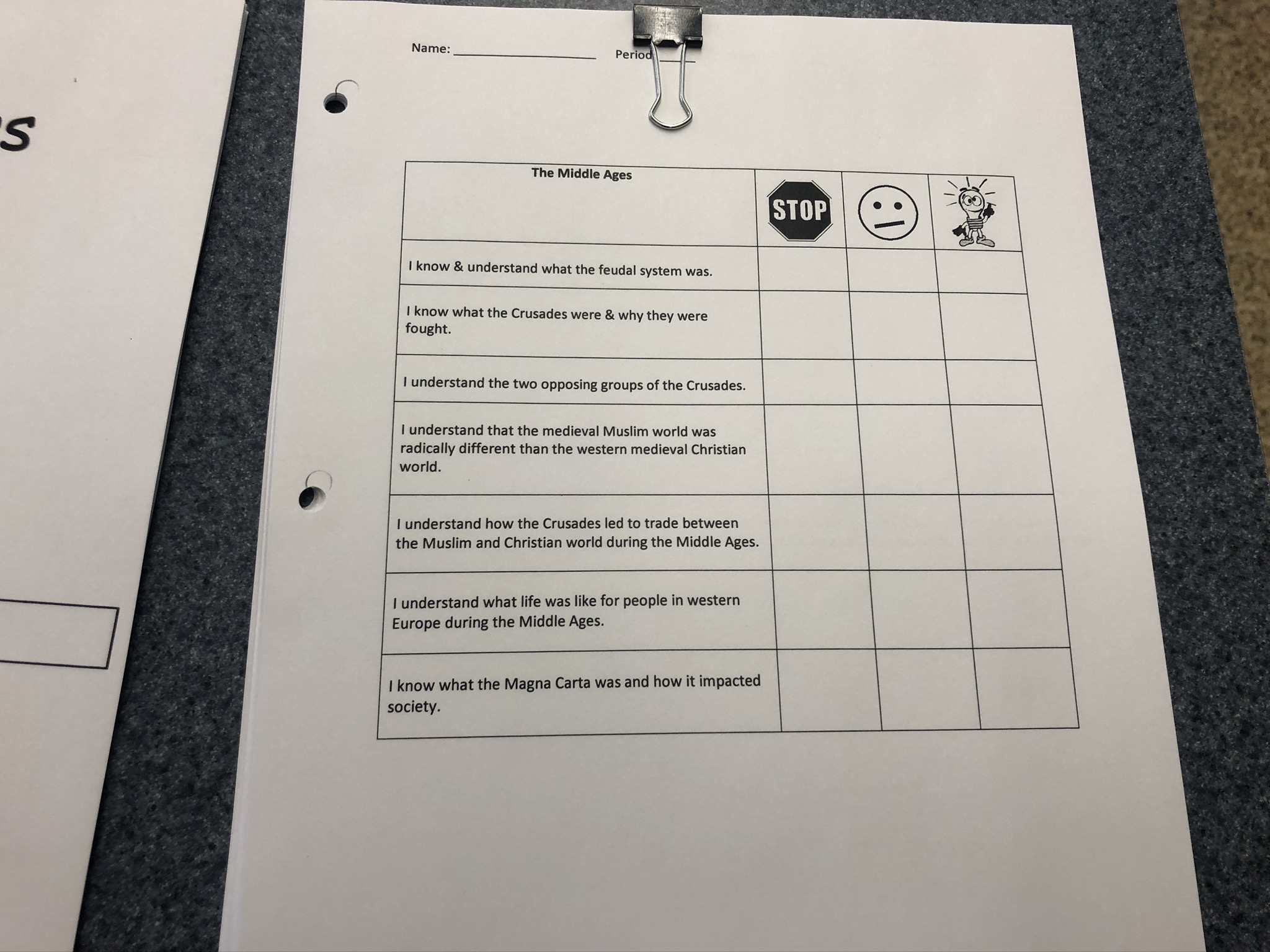
Pre-assessment for students before starting a new unit so I can shape my lessons and instruction around what this group of learners already knows, or doesn’t know
